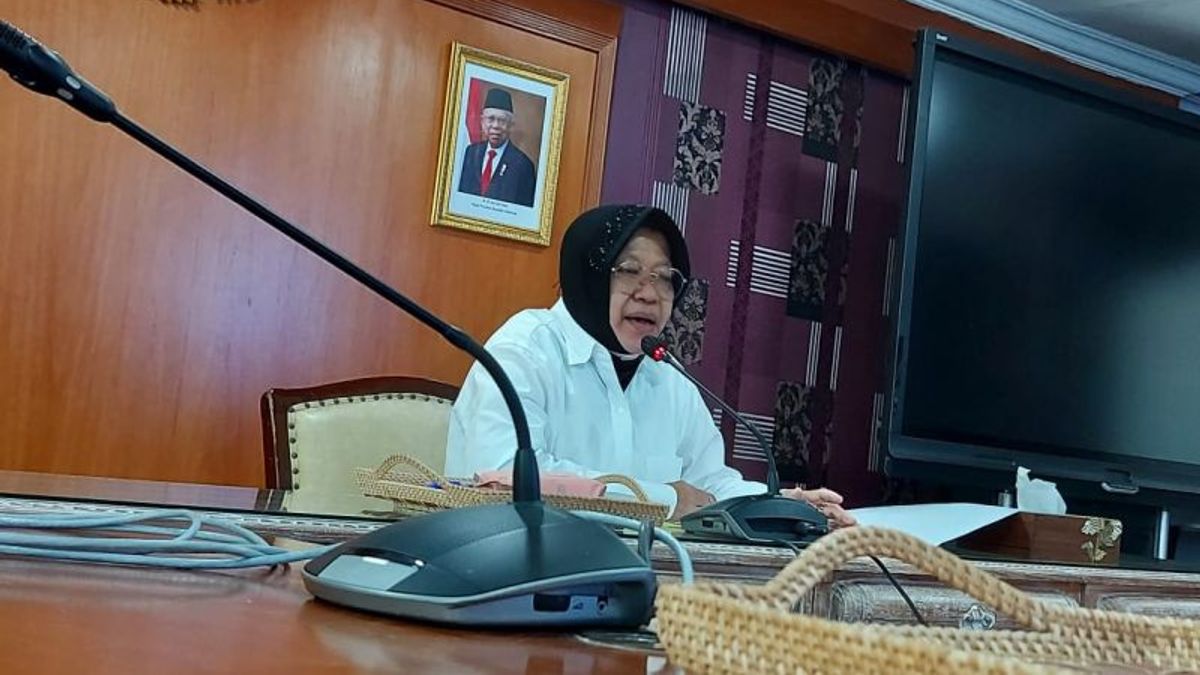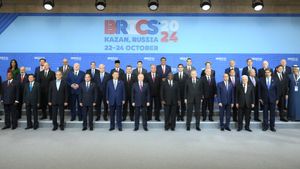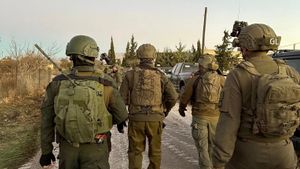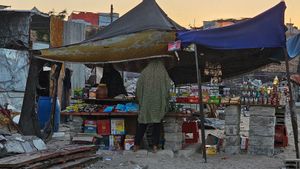JAKARTA - The Ministry of Social Affairs (Kemensos) has determined five aspects and nine poverty criteria that will make it easier for local governments to identify and verify people who are entitled to social assistance (bansos).
"What is new, we are collaborating with the University of Indonesia (UI), there are nine criteria, very simple so that the regions are very easy to detect," said Social Minister Tri Rismaharini during a press conference at the Ministry of Social Affairs Building, Jakarta, Antara, Thursday, November 18.
Five aspects that serve as classification guidelines in determining someone entitled to receive social assistance consist of housing, work, food, clothing, and housing.
Meanwhile, the nine criteria for poverty are shelter/daily living, work status, concerns about meeting food needs, food expenditure of more than 70 percent of total expenditure, expenditure on clothing.
Then, most of the floors of the residences are made of earth, most of the walls are made of bamboo, wire, or wood, then the ownership of urination or defecation facilities, and the source of lighting from electricity from the state electricity company is 450 watts or not electricity.
According to him, currently there are still many people who live in urban areas and have houses of more than 100 square meters and have cars that are recorded as receiving social assistance.
"According to Law 13/2011, the data is from the regions, so we return the data to the regions, then the regions check whether they are worthy. Because there are photos, sorry for the nice house with a car, but we accept it (Bansos). We return it to the area because they entitled to drop," he said.
The Ministry of Social Affairs will continue to update data regularly to improve the accuracy of targeting beneficiaries. The Ministry of Social Affairs also performs matching with the Population Identification Number (NIK) registered with the Directorate General of Population and Civil Registration (Dukcapil) of the Ministry of Home Affairs.
Previously, the Minister of Social Affairs said that there were around 31,000 state civil servants (ASN) who were indicated to receive social assistance from the Ministry of Social Affairs, be it assistance for Family Hope Recipients (PKH) or Non-Cash Food Assistance (BPNT).
"So, after we submitted the data to the BKN, the data indicated that there were 31,624 civil servants," he said.
He explained that the data was obtained when the Ministry of Social Affairs conducted periodic verification of the data on social assistance recipients. Of the 31 thousand, 28,965 people are active civil servants and the rest are retirees who actually cannot receive social assistance.
In fact, the Minister of Social Affairs mentioned that ASN professions receive social assistance from various backgrounds, such as educators, medical personnel, and so on.
The English, Chinese, Japanese, Arabic, and French versions are automatically generated by the AI. So there may still be inaccuracies in translating, please always see Indonesian as our main language. (system supported by DigitalSiber.id)













